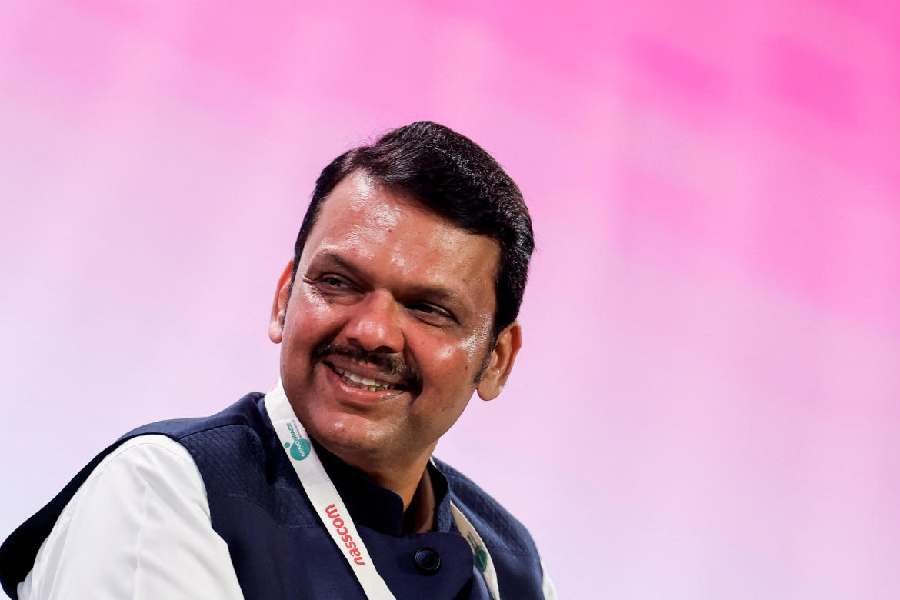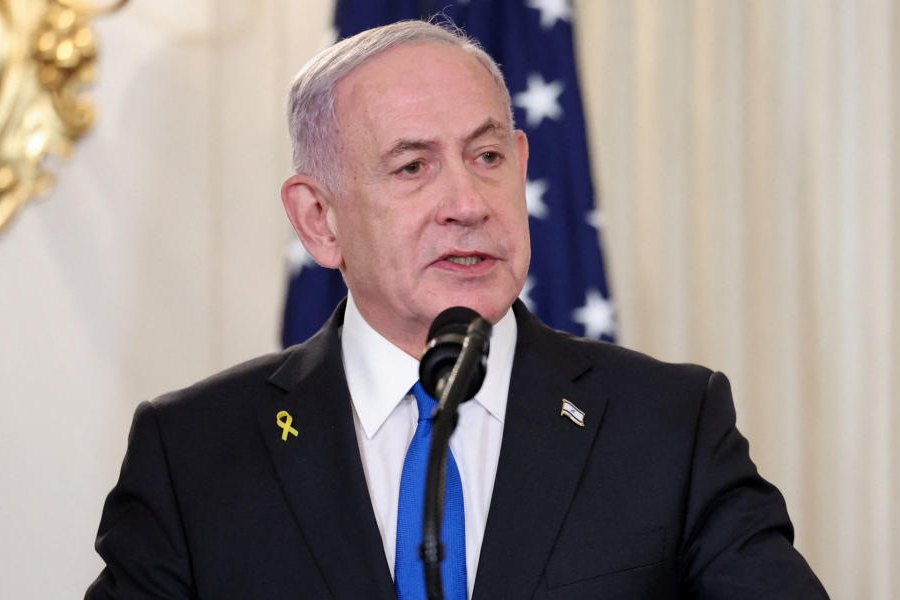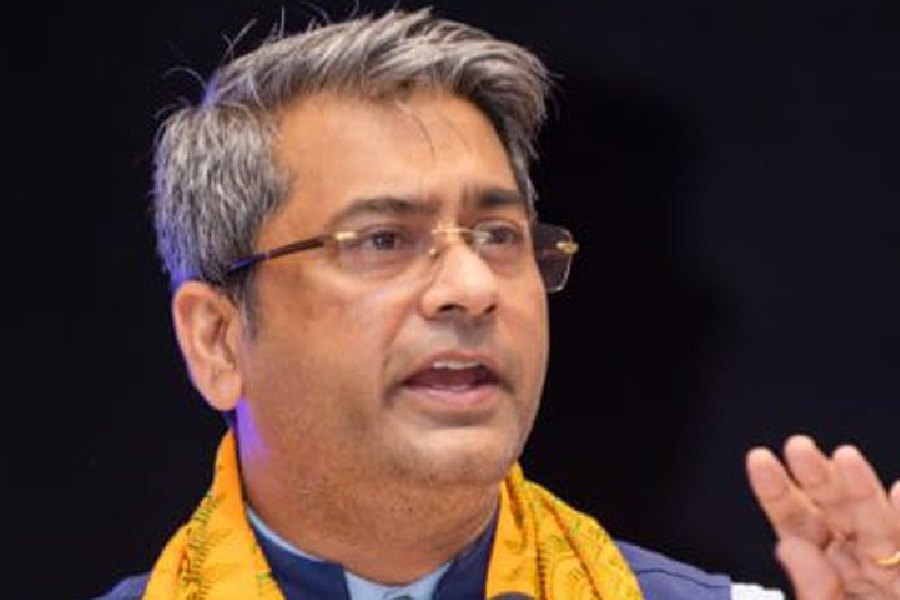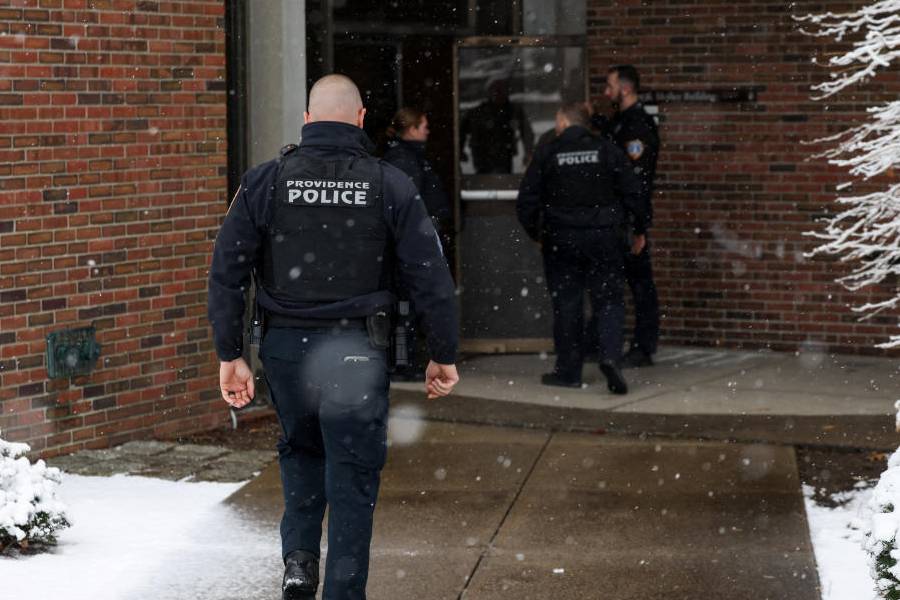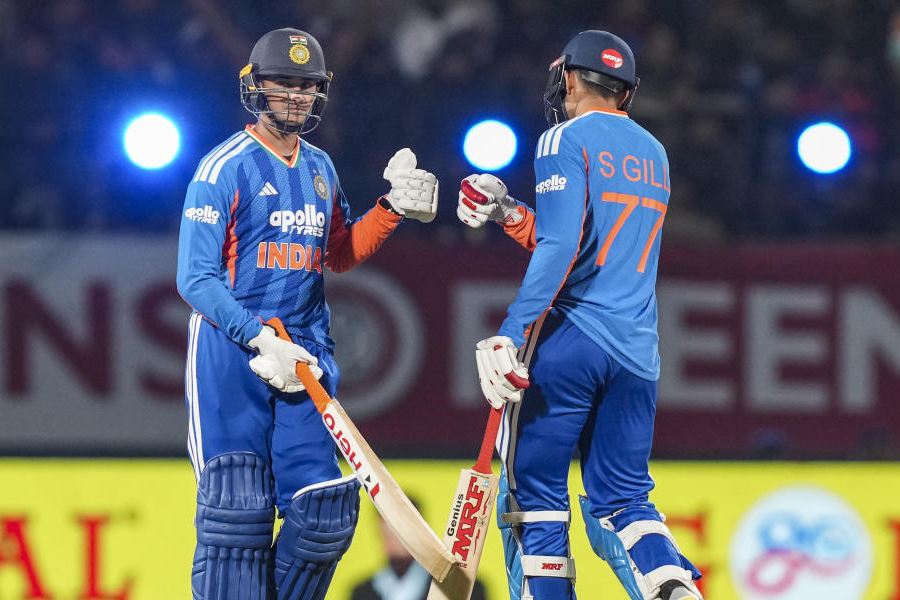In response to the bigoted fire that singed Nagpur recently, the Rashtriya Swayamsevak Sangh has stated that the Mughal emperor, Aurangzeb — whose tomb was at the centre of the disturbances — is no longer relevant to modern India. But Nagpur, the headquarters of the RSS, no less, has proved the organisation wrong. Demonstrations by the Vishwa Hindu Parishad and the Bajrang Dal, the sangh parivar’s trusted foot soldiers, demanding the demolition of Aurangzeb’s tomb — a Centrally protected monument — along with rumours of a sacrilegious act being committed in the course of these protests had fuelled the fire that left at least 70 people injured besides causing damage to property. The Maharashtra chief minister, Devendra Fadnavis, tied himself up in knots while explaining the events. He declared that the violence was premeditated: if this is true, why was his administration, including the home department that Mr Fadnavis heads, caught napping when it came to nipping the threat of unrest in the bud? Mr Fadnavis also attributed the frenzied public sentiments to the film, Chhaava, which is alleged to have offered a cherry-picked account of the adversity between Chhatrapati Sambhaji Maharaj and Aurangzeb. A Samajwadi Party legislator had been suspended from the Maharashtra assembly for criticising Chhaava’s “selective” portrayal of the Mughal emperor. Mr Fadnavis’s reference to the film and the legislator’s suspensions raise discomfiting questions about the political Right’s weaponisation of the freedom of expression in different ways.
Nagpur’s troubles, in reality, can be traced to another kind of weaponisation: that of history by the politician. Temperatures are first raised with the help of provocative statements — Mr Fadnavis has been among the Bharatiya Janata Party leaders who have demanded the removal of Auranzeb’s grave. Sustained provocation leads to some kind of retaliation and the ensuing violence is allowed to be perpetrated for a while before the State steps in. The outcome of this cynical strategy is embedded divisiveness that is then milked for political gain. Nagpur is witnessing the re-enactment of Hindutva’s tried-and-tested strategy of polarisation that is meant to fetch electoral gain as well as deflect attention. There are whispers that the ruling Mahayuti government’s troubles in honouring its lofty poll promises made this ruse necessary.

